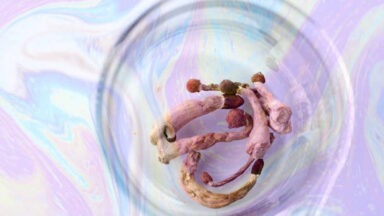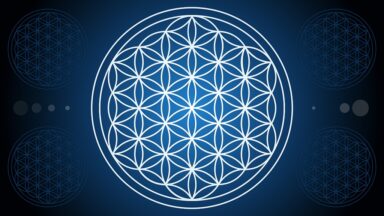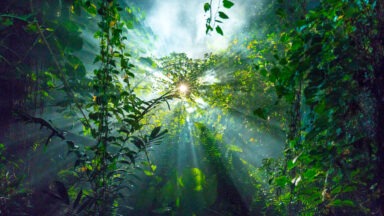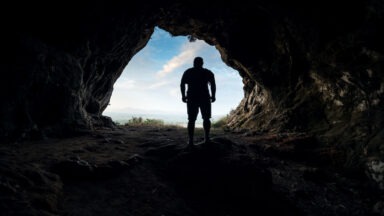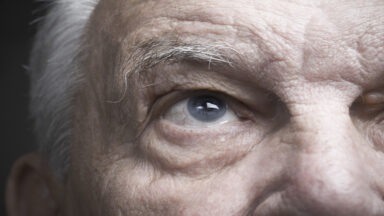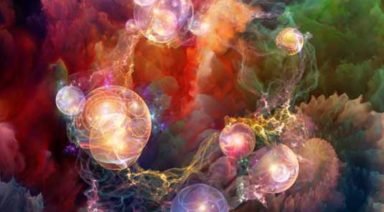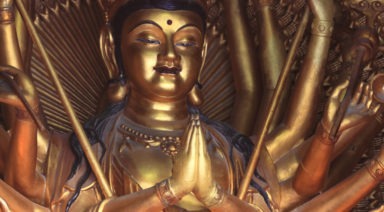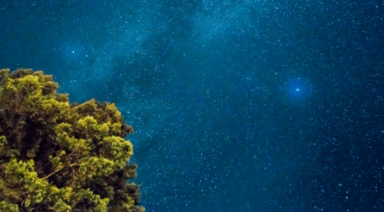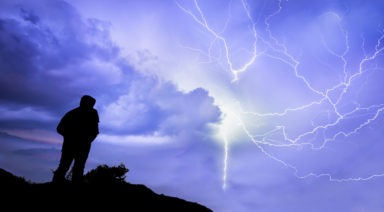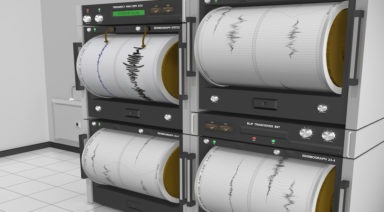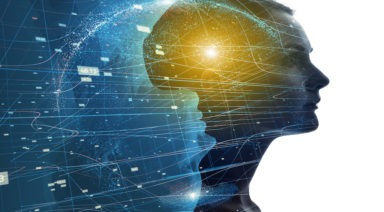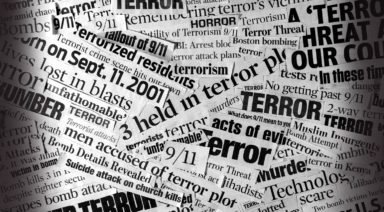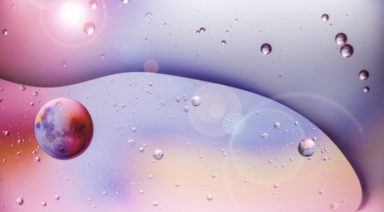Psychedelic Experiences Neurologically Mimic Near-Death Experiences
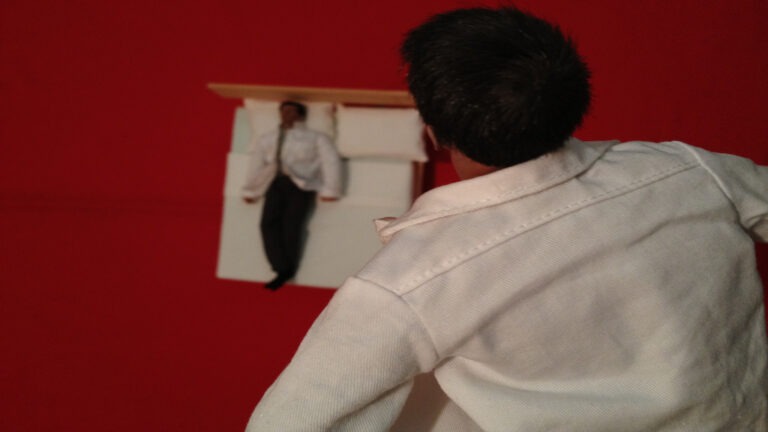
Research suggests the psychedelic trip is remarkably similar to a Near-Death Experience and has been noted for decades. Now, research into the neural activity experienced while under the influence of psychedelics, is providing valuable context for the commonalities.
Dr. Eben Alexander is a neurosurgeon who experienced an NDE in 2008 and has since been studying the phenomenon and sharing his findings in a number of bestselling books.
“This research with psychedelics has been so fascinating,” Alexander said. “Not only does it show that the brain goes dark under the influence of such substances, they actually showed this beautiful inverse correlation between the amount of turning off and dissolution of the Default-Mode Network, as demonstrated on fMRI, with a degree of liberation of consciousness away from the ego into these unfettered realms of transcendental and paranormal experience. It shows us in a very concrete fashion that the brain activity is not actually causing all of this to happen, but it’s more the brain getting out of the way.”
Researcher Dr. Rick Strassman was the first to rigorously study the overlap between the psychedelic experience and the NDE. The commonalities are quite significant.
“It’s all about entering new realms, I mean, entire immersive experiences — worlds that are different from our material realm. That is a very common theme in those drug experiences as well as in near-death experiences. There’s also this extraordinary world of beings, entities, guides, of intelligences. It’s showing this incredible unification, a sense of being, and a binding force of love through these experiences. So, there’s a commonality of lesson and transformation,” Alexander said.
Researchers have been focused on trying to determine what accounts for the similarities. One theory is that the overlap is due to the action of the potent psychedelic DMT, which is naturally released by the pineal gland at the moment of death.
“Well, I don’t really think we have a lot of evidence of the “DMT dump,” as it’s often called. The problem is with any materialist addressing of NDEs you run into that absolute giant brick wall. What about shared death experiences?”
“In a shared death experience the soul of the departing loved one comes along and whisks the bystander’s soul away to go through a full-blown experience. The fact that ordinary people in that kind of setting, without being near-death, can have a spiritual journey that’s identical in quality of power to the near-death experience, but they’re not near-death, should tell you a whole lot about what a waste of time it is for materialist scientists to try and muddy the waters by pretending that decreased oxygen tension, increased CO2, or a dump of DMT from the pineal gland is causing the effect,” Alexander said.
While Alexander sees the similarities between the near-death and psychedelic experience, he also sees some key differences, based on his own experiences with both.
“I took it on myself to look into a scientific acquisition of that kind of an experience and I was able to do that with 5-methoxy-DMT which is one of the most powerful such substances known,” Alexander said. “What I can tell you, in a nutshell, is that I do believe that such substances and the experiences they engender give us a glimpse of those spiritual realms that are encountered during an NDE. But from my personal experience in both of those worlds, I can tell you that the 5-MeO-DMT experience was like looking through a keyhole on a dark and stormy night and trying to discern what was going on in that territory. It really lacked the power and the depth and breadth of what I went through in the NDE”
While Alexander values the neuroscience research being done into how psychedelics may engender an NDE-like experience, he believes there is a better way of accessing the same spiritual realms.
“The psychedelic drugs certainly can be useful for helping to define the scientific landscape that we’re talking about here. I would just argue that meditation, centering prayer, these are the best places to go to get deep and profound transcendental experiences in the spiritual realm. And the more we can learn how there is overlap between the therapeutic benefit of the substance versus meditation, I think the more we can come into very safe and effective ways to accomplish these goals of healing,” Alexander said.
Study Shows Microdosing Psilocybin Boosts Mood, Mental Health
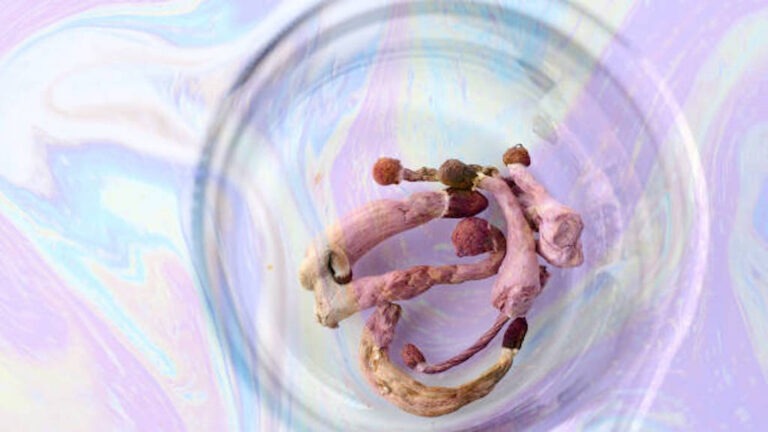
A new study provides the most compelling evidence to date on the impressive mental health benefits of microdosing psilocybin.
While there has been an ever-increasing number of studies showing the efficacy of treatment of mental health disorders with psychedelics, there has been relatively little research on the practice of microdosing.
Microdosing, or repeatedly taking small, barely perceptible amounts of psychedelics, has been exponentially increasing in popularity, with a wide range of people reporting a multitude of improvements to their psychological wellbeing.
The latest scientific study to look at the effects of microdosing was conducted by researchers at the University of British Columbia, as well as other leaders in the fields of psychology and mycology. The study followed 953 people who used small, repeated doses of psilocybin for about 30 days, as well as a control group who did not microdose.
While the exact dosages of psylocibin that participants self-administered varied somewhat, they were all low enough to not impact daily functioning.
Over a one-month period, participants took these psylocibin microdoses three to five times per week and were asked to complete a number of assessments through a smartphone app that tracked their mental health symptoms, mood, and measures of cognition. The findings definitively showed that the microdosing participants demonstrated greater improvements in mood and mental health than those in the non-microdosing control group.


